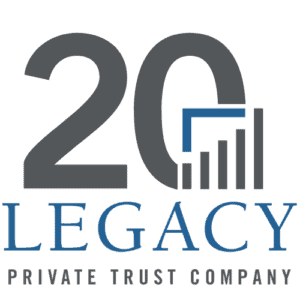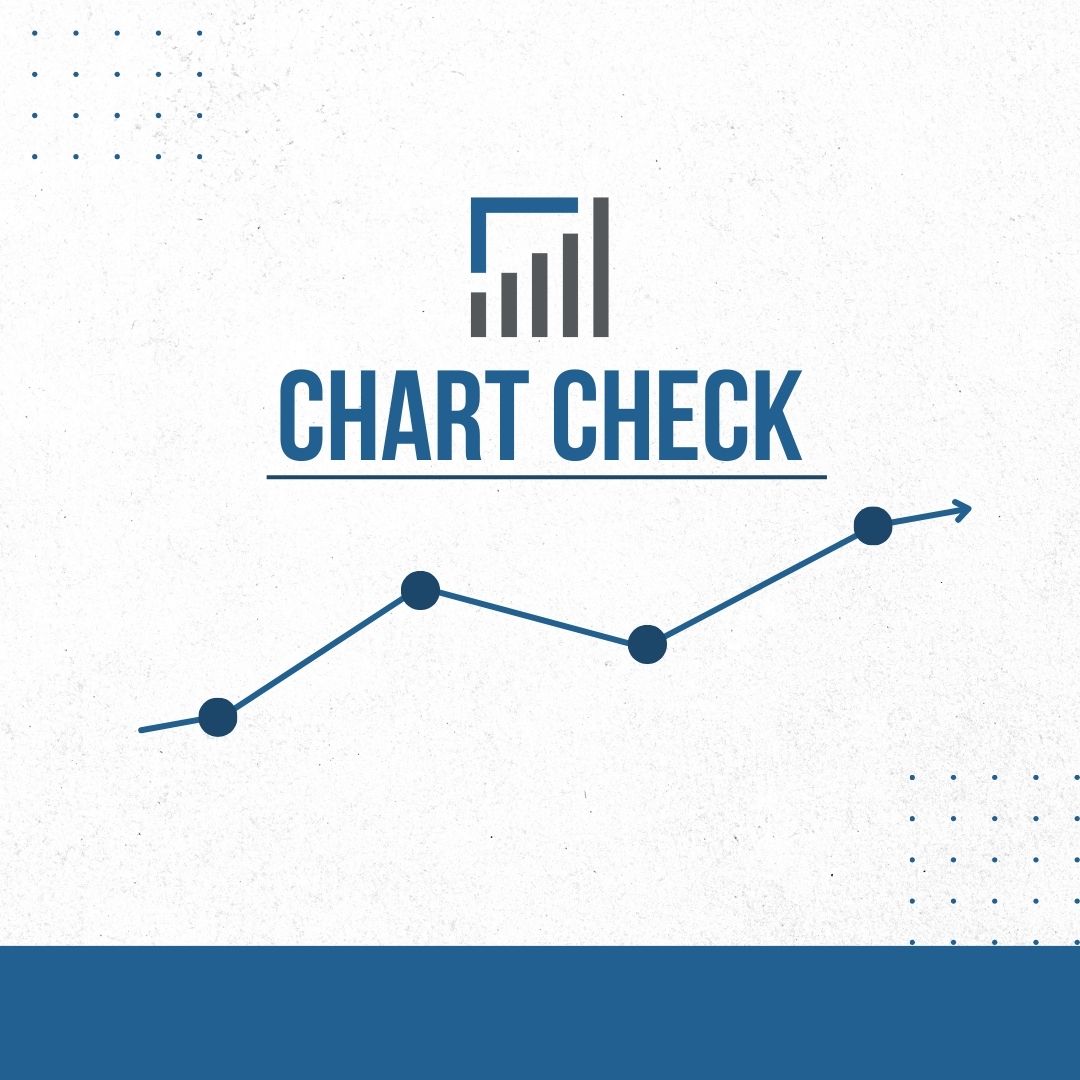As healthcare costs rise, it becomes crucial for individuals and families to understand the various financial tools available to them. One such tool is the Health Savings Account (HSA). The Internal Revenue Service (IRS) recently announced the 2024 inflation-adjusted amounts pertaining to HSAs, offering individuals a window into their potential financial planning for the following year.
A Deep Dive into Health Savings Accounts (HSAs)
What is an HSA?
An HSA is a specialized trust designed solely to cover the qualified medical expenses of the account beneficiary and their family if a family plan is in place. The distinctiveness of an HSA lies in its eligibility criteria: the participant must have coverage under a High Deductible Health Plan (HDHP). Furthermore, HSA participants shouldn’t be enrolled in Medicare or possess any other health coverage. However, exceptions to this rule encompass dental, vision, long-term care, accident, and specific disease insurance.
The Multi-faceted Benefits of an HSA
- Pre-Tax Contributions: Contributions made into HSAs are on a pre-tax basis, meaning the money is deposited before income tax is deducted. This distinct feature provides a dual advantage: not only does it increase the net amount one can save, but it also allows participants to reduce their taxable income for the year. Consequently, by utilizing HSAs, individuals might find themselves in a lower tax bracket, thus potentially minimizing their overall tax liability.
- Tax-Free Withdrawals for Medical Expenses: HSAs stand out due to their tax-exempt withdrawal feature. This means that the funds, when used for qualified medical expenses, are not subjected to tax, amplifying the account’s value. The spectrum of medical-related costs that can be covered is vast, extending from routine doctor visits, vital prescription medications, specialized treatments like chiropractic sessions, to even premiums for long-term care insurance. Essentially, the HSA acts as a financial cushion, enabling users to manage health expenses efficiently and without the burden of taxes.
- Portability: In the contemporary, fast-paced work environment, it’s not uncommon for individuals to switch jobs multiple times throughout their career or even take sabbaticals. The beauty of the HSA is its inherent portability. Unlike many other benefit plans tethered to an employer, HSAs travel with the individual. This means that even if one changes jobs, shifts to a different career path, or steps into retirement, the funds saved and accumulated in the HSA remain available and untouched. It’s a testament to the HSA’s design as a long-term, versatile financial tool for health-related needs.
Navigating the 2024 Inflation Adjustments
The IRS, in Revenue Procedure 2023-23, highlighted the following inflation-adjusted figures for HSAs for 2024:
- Annual Contribution Limitation: For 2024, individuals with self-only HDHP coverage can contribute up to $4,150, marking a rise from $3,850 in 2023. For those with family coverage, the contribution cap stands at $8,300, up from $7,750 the previous year.
- Catch-up Contributions: Those aged 55 and above in 2024 are eligible for an extra “catch-up” contribution of $1,000.
- Defining HDHP for 2024: An HDHP, for the upcoming year, denotes a health plan with an annual deductible not less than $1,600 for self-only coverage (a leap from $1,500 in 2023) or $3,200 for family coverage (previously $3,000 in 2023). Moreover, the annual out-of-pocket expenses (encompassing deductibles, co-payments, and other similar expenditures excluding premiums) should not surpass $8,050 for self-only coverage or $16,100 for family coverage. This is an increase from the 2023 limits of $7,500 and $15,000, respectively.
Moving Forward
As we transition into 2024, these inflation adjustments provide a roadmap for individuals and businesses to strategize their health-related financial planning. Engaging with your employee benefits and tax advisors is vital to fully comprehend the implications of these changes and make the most of your HSA.
Given the complexities of modern healthcare and taxation, the HSA is a valuable financial buffer, helping individuals and families navigate health expenses with greater ease and efficiency.
If you are a Legacy client and have questions, please do not hesitate to contact your Legacy advisor. If you are not a Legacy client and are interested in learning more about our approach to personalized wealth management, please contact us at 920.967.5020 or info@lptrust.com.
This newsletter is provided for informational purposes only.
It is not intended as legal, accounting, or financial planning advice.




